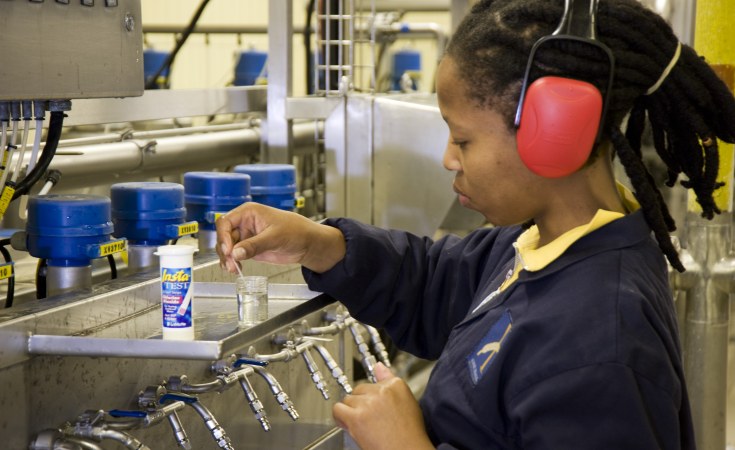An excerpt from the sub-Saharan Africa summary of the World Bank's report, Global Economic Prospects:
GDP growth in Sub-Saharan African remained robust at 4.6% in 2012, notwithstanding the slowdown in the global economy.
Indeed, excluding the region’s largest and most globally integrated economy, South Africa, GDP growth in the region was at strong 5.8% in 2012, with a third of countries in the region growing by at least 6%.
Robust domestic demand, steady remittance flows, still high commodity prices, and increased export volumes (thanks to increased investment flows to the natural resource sector in recent years) were supportive of the region’s growth in 2012.
Nonetheless, besides the drag from a weaker global economy, domestic factors, including earlier monetary policy tightening (Kenya and Uganda), protracted labor disputes (South Africa), and political unrests (Mali and Guinea Bissau) weakened growth in a number of countries in the region.
Economic activity was similarly diverse in the region.
Reflecting still high commodity prices and relatively robust growth prospects in the region, net private capital flows to the region increased by 3.3 percent to a record high $54.5 billion in 2012.
Much of the increase in net capital flows came in the form of increased foreign direct investment flows to the region, which increased to $37.7 billion in 2012 from $35.7 billion in 2011, notwithstanding the 6.6 percent decline in foreign direct investment flows to developing countries in 2012.
Exports grew strongly in the first half of the year; however, a sharp deceleration of industrial commodities and oil exports occurred in the third quarter.
Tourism, an important driver of growth in the region, remained robust, with strong tourist arrivals in many of the popular destinations, including South Africa, Mauritius, Sierra Leone, Madagascar and Cape Verde.


